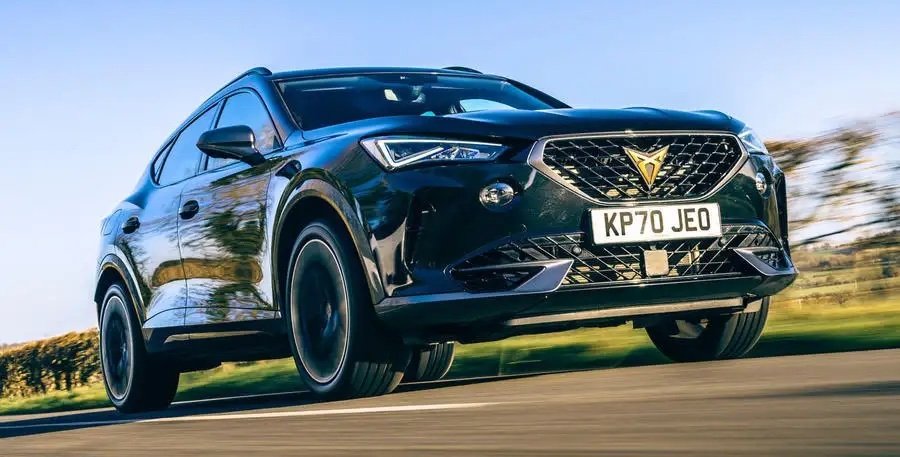Next-generation Cupra Formentor to switch to electric power

The next-generation Cupra Formentor will switch to a new electric platform when it arrives around the end of the decade – and will be a key part of Cupra's expansion into the US.
The coupé-crossover was launched in 2020 as the first car to be designed from the start as a Cupra, with a range of petrol, diesel and plug-in hybrid powertrains.
It's the Spanish firm’s most popular model, with 120,000 sales in 2023 having marked a 23% year-on-year rise.
The current petrol-engined Formentor sits on the Volkswagen Group’s MQB platform and will receive a midlife facelift later this year.
Speaking at Seat SA's annual media conference, boss Wayne Griffiths confirmed that an electric version of the Mk2 Formentor would arrive “towards the end of the decade” – and would be one of two models Cupra would use to spearhead its American launch.
Griffiths said it “would be the single most important car for our company", adding that it was likely to use the Volkswagen Group's forthcoming SSP platform, which will serve as an effective successor to the MEB and PPE platforms currently in use.
No further details about the new Formentor have yet been given, so it isn't known if an ICE version could continue to be offered alongside the new EV in markets where such powertrains would be allowed.
Griffiths also confirmed Cupra’s plan – first reported last year – to develop an electric SUV larger than the imminent Tavascan as its second car intended for the US.
Griffiths added: “[For] one of those models, in my opinion, there’s a good business case it should be built [in the US]. You need a certain volume in the States to be profitable with your project, so if you want to sell there, you have to produce in the region.”
Any US-built Cupra would likely be produced at an existing Volkswagen plant.
Griffiths said Cupra would make the decision which of the two cars would be US built closer to the time but strongly hinted that his preference would be for the Mk2 Formentor to be produced at the firm's home plant in Martorell, Spain.
Cupra will enter the US market near the end of the decade with those EVs, initially focusing on the east and west coasts and selected Sun Belt states where EV demand was likely to be highest.
